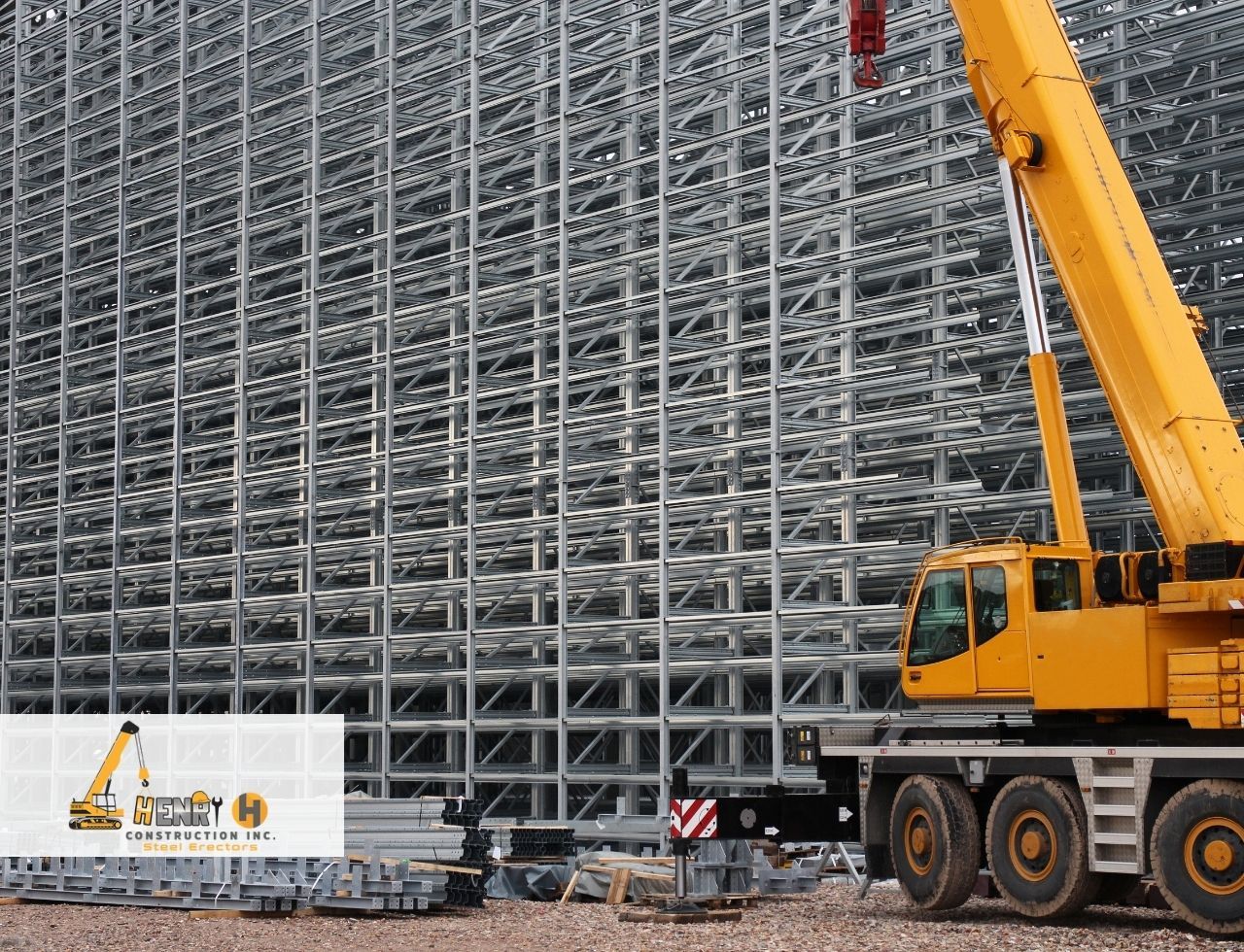
In the world of commercial construction, controlling hazards is just as critical as building the structure itself. That’s why steel erection hazard control is one of the core focuses at Henry H Construction Inc. From our base in Indianapolis to worksites in Carmel, Noblesville, and Greenwood, our safety-first mindset has helped us deliver over 22 years of successful projects.
Steel erection comes with risks—elevated work areas, swinging loads, structural connections, and heavy machinery. Without proper controls, these risks can lead to injury, delay, or shutdown. But with proactive planning and trained teams, hazard control becomes a built-in part of the job, not an afterthought.
Understanding the Hazards in Steel Erection Projects
Steel erection involves multiple stages, each with its own set of dangers. During the layout and delivery phase, materials may block access points or become tripping hazards. When cranes are lifting steel beams into place, there’s a high risk of dropped loads or unstable placements. During bolting and decking, workers often operate at extreme heights with limited surface area for movement.
We’ve seen firsthand how unaddressed hazards—like unsecured materials or poor visibility—can create chain reactions on-site. That’s why our crews in Plainfield and other Indiana cities follow a detailed safety plan that identifies and mitigates risks before steel goes up.
Proven Steel Erection Safety Tips to Minimize Risk
At Henry H Construction Inc., we rely on practical hazard control strategies that align with OSHA and Subpart R standards. Here are a few ways we keep our teams safe:
- Secure staging and material zones to avoid clutter and tripping incidents.
- Mark swing zones for cranes and equipment to reduce unexpected movement in tight spaces.
- Install fall protection systems before vertical erection begins, including harnesses, lifelines, and guardrails.
- Limit access to controlled decking zones (CDZ) to only authorized personnel wearing proper PPE.
- Use spotters and signalers to coordinate crane movements and avoid blind spots.
These techniques help us reduce exposure to risk across every phase of the project. We apply them consistently across job sites in Noblesville, Greenwood, and beyond.
How We Build a Safer Jobsite with Hazard Controls
Hazard control isn’t just about gear—it’s about creating a mindset. Our teams are trained to anticipate problems before they happen and to speak up if something looks unsafe. Every morning, we hold safety briefings where we review site conditions, crane operations, and protective equipment.
When steel is being hoisted into place, our designated riggers and signalers are always present. This ensures that no unauthorized worker enters the danger zone and that communication remains clear between crane operators and ground crews. We also rotate team members on longer jobs to reduce fatigue—a common but often overlooked hazard.
Visit our steel construction services page to learn how we integrate these safety steps into every build.
FAQs – Steel Erection Hazard Control & Safety
What are the biggest hazards in steel erection?
Falls from height, falling objects, unstable materials, and crane-related accidents are among the most dangerous. Proper controls can significantly reduce these risks.
How do you control hazards during steel erection?
By staging materials properly, enforcing fall protection, maintaining clear communication, and assigning safety officers, we control hazards from the ground up.
Is hazard control required by law?
Yes. OSHA mandates hazard identification and mitigation strategies as part of Subpart R steel erection standards.
